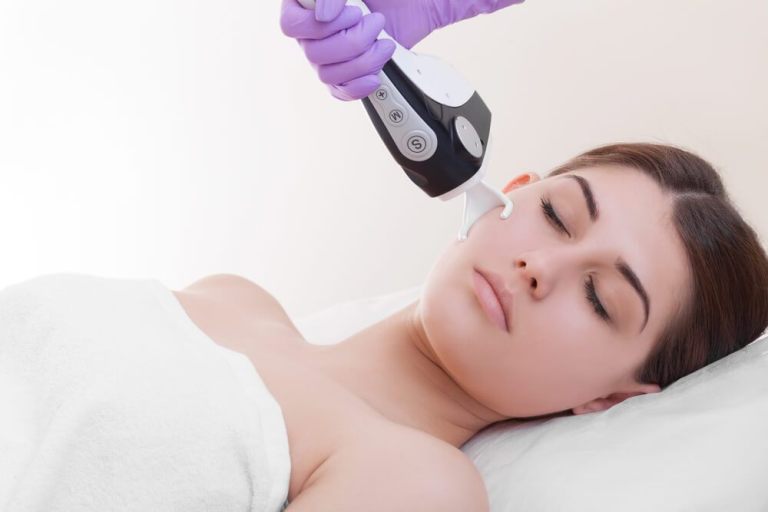Did you know that fall is considered “laser season”? The sun begins to travel further away from the earth causing daylight hours to shorten, and exposure to sunlight is reduced.
Laser treatments can offer many benefits. Fine lines and wrinkles are lessened, acne blemishes and scars can be reduced, age spots lighter or removed, skin tightened, and the overall tone of the skin can be improved.Treatments can effectively increase collagen production and cell turnover for a fresher overall look. There are many brands of lasers available today, and each one can it’s place among full treatment protocols. Each person’s owns issues should be addressed to his or her’s needs and forget about brand names; there are many different brands on the market which produce the same results.
There are two main categories of laser treatments available and several subcategories with their own potential benefits, risks as well as downtime. The first main category is ablative laser treatments, which actually remove some of the top layers of the skin. These include CO2, Erbium and YAG lasers and tend to be deeper, requiring some topical and/or local anesthetic even up to IV sedation. Non-ablative lasersinclude Erbium, since they can be ablative or non-ablative, Fractional, IPL, Pulse Dye and others. These lasers or treatments, pass over the skin surface without removing layers of the skin in the process.
Types of Lasers:
- CO2 is considered the “gold standard” for facial resurfacing. It is a deeper laser that can correct the more difficult issues including warts, scars and wrinkles. This procedure is likely to be more painful but treatment typically includes topical anesthetic, local nerve blocks, oral medications, IV sedation, or any combination to alleviate pain and discomfort during and immediately after the procedure. The recovery time for CO2 laser resurfacing can be as long as two to three weeks and requires the patient to adhere to post procedural protocols for the best outcome.
- Erbium lasers can be ablative or non-ablative correcting issues such as age spots, skin laxity, fine lines and wrinkles as well as promoting collagen production.
- Fractional lasers are designed to break up the laser beam into thousands of tiny beams to address age related issues of the face. They can also be ablative or non-ablative.
- IPL (intense pulse light) is not actually a laser but can address hyperpigmentation, rosacea and acne.
- There are also pulsed-dye lasers, which are typically non-ablative lasers. These lasers heat the skin and absorb pigment, reducing issues including redness, rosacea, hyperpigmentation and broken capillaries.
Post-procedure care following laser treatment is extremely important as this can affect your overall outcomes. Less aggressive treatments may only require daily sunscreen while harsher treatments will require frequent washings, special ointments or creams and antiviral medications. Not everyone is able to undergo all treatments so it is important to discuss your options with your provider.



